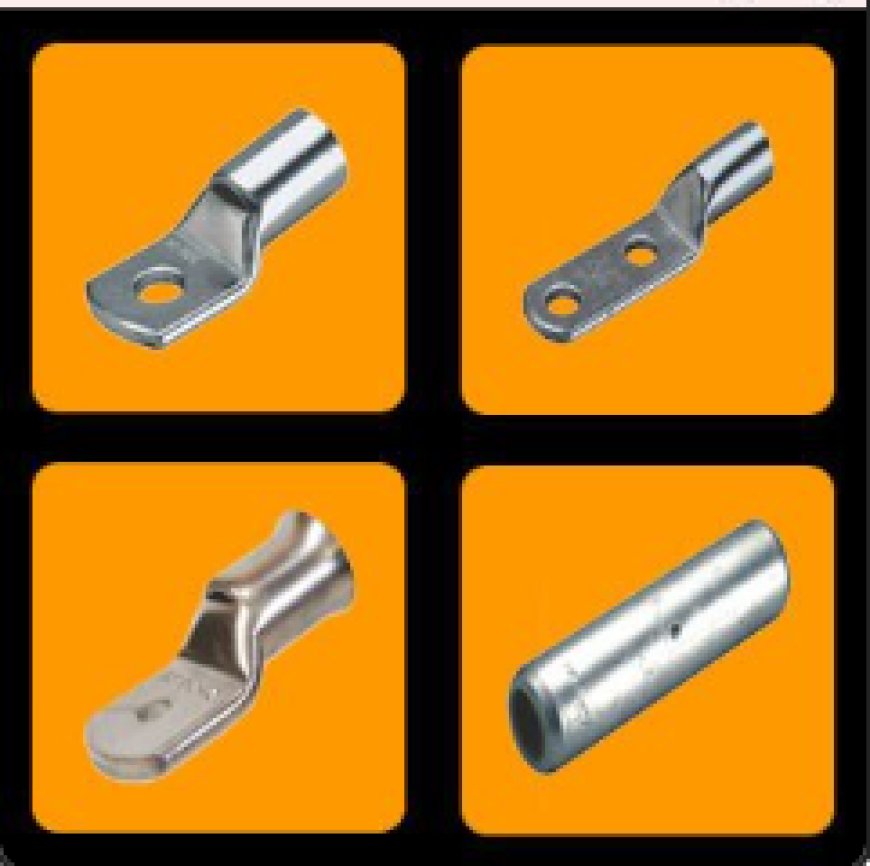How to Choose the Right Size and Type of Copper Bonded Earthing Rods
Learn how to select the right size and type of copper bonded earthing rods to ensure safe and efficient electrical grounding in various environments.

Choosing the appropriate size and type of copper bonded earthing rods is essential for the safety and efficiency of electrical grounding systems. These rods play a crucial role in directing fault currents safely into the ground, thereby protecting people and equipment from electrical hazards. With various options available, selecting the right earthing rod for your specific requirements can be challenging. This guide will outline key factors to consider in selecting the correct size and type of copper bonded earthing rods for different applications.
1. Understanding the Purpose of Copper Bonded Earthing Rods
Copper bonded earthing rods are primarily used to create an efficient grounding system, which is essential in both residential and commercial electrical setups. These rods help discharge fault currents into the ground, reducing the risk of electrical shock, fires, and equipment damage. Proper grounding is also a regulatory requirement to ensure electrical safety and compliance with industry standards.
2. Factors to Consider When Choosing the Right Size
The size of a copper bonded earthing rod impacts its performance and suitability for different environments. Here are the main factors to consider:
- Diameter of the Rod: A thicker rod offers more surface area, which allows it to conduct higher fault currents and better resist corrosion. Standard diameters range from 14.2 mm to 25 mm, but larger diameters may be necessary for heavy-duty applications, such as industrial or commercial settings.
- Length of the Rod: The rod length should correspond to the soil resistivity of the installation site. Typically, longer rods (such as 8–10 feet) are used in high-resistance soils, while shorter rods (around 5–6 feet) can suffice in lower-resistance soils. Longer rods allow better contact with moisture in the ground, improving conductivity and ensuring efficient grounding.
- Soil Conditions: Soil resistivity can vary significantly, depending on factors like moisture, temperature, and mineral content. In high-resistivity soils, such as rocky or sandy areas, consider using longer or multiple rods for effective grounding.
3. Selecting the Type of Copper Bonded Earthing Rod
There are different types of copper bonded earthing rods, each suited to specific environmental and electrical requirements. Here’s a breakdown of common types and their applications:
- Standard Copper Bonded Rods: These are suitable for general electrical applications and environments with moderate soil moisture. Standard rods provide good conductivity and durability and are typically used in residential or light commercial setups.
- Heavy-Duty Copper Bonded Rods: Designed for industrial applications, heavy-duty copper bonded rods feature thicker copper plating and a reinforced core, making them suitable for high-fault current areas and harsh environmental conditions. These rods are often used in power plants, substations, and other high-risk settings.
- Threaded vs. Non-Threaded Rods: Threaded rods can be extended with couplers to increase the length of the grounding system. This makes them ideal for deep grounding applications where additional rods may need to be connected. Non-threaded rods are simpler to install but are limited in length, making them more suited for basic grounding needs.
4. Application-Specific Considerations
Choosing the right earthing rod depends heavily on the specific application and environment:
- Residential Applications: For residential purposes, standard copper bonded rods with a diameter of 14.2 mm and a length of 5–6 feet often suffice. These rods are effective in typical residential soils with moderate conductivity requirements.
- Commercial and Industrial Applications: In commercial or industrial settings, larger rods with diameters of 17 mm or more are often used. For these applications, consider using heavy-duty rods with greater corrosion resistance to ensure reliable performance over time, especially if high fault currents are expected.
- High-Fault Areas: High-fault areas, such as power plants or substations, require heavy-duty copper bonded rods that can withstand significant fault currents. In these settings, using rods with a thicker copper layer and high-tensile strength steel core is recommended.
5. Considering Environmental Factors
Environmental conditions can impact the performance and longevity of copper bonded earthing rods. Key environmental factors to keep in mind include:
- Corrosive Soils: In acidic or alkaline soils, standard rods may corrode more quickly. For these environments, choose copper bonded rods with thicker copper coatings or additional anti-corrosive treatment to ensure durability.
- Moisture Levels: In dry, arid areas, grounding efficiency can be reduced due to lack of soil moisture. Using longer rods or multiple rods in a parallel arrangement can help achieve lower soil resistance in such areas.
- Temperature Extremes: For environments subject to extreme temperatures, choose rods with high tensile strength that can endure expansion and contraction without compromising the grounding system.
6. Installation Best Practices
Proper installation is essential to ensure the effectiveness of the chosen earthing rod. Follow these tips to optimize the grounding setup:
- Depth of Installation: Install rods to a depth where moisture is present in the soil. Moist soil improves conductivity, enhancing the grounding system’s performance.
- Using Multiple Rods: In high-resistance soils, consider installing multiple rods connected in parallel. This setup provides a larger surface area for grounding, thereby improving effectiveness.
- Inspect Regularly: Periodic inspection and maintenance are crucial, especially in high-fault or harsh environmental conditions, to ensure the rods remain effective over time.
Conclusion
Choosing the right size and type of copper bonded earthing rods is essential for creating a reliable and effective grounding system. By considering factors such as soil resistivity, application requirements, and environmental conditions, you can ensure that your grounding system meets both safety standards and performance needs. Whether for residential, commercial, or industrial use, selecting and installing the appropriate earthing rods is a critical step in safeguarding electrical systems and equipment.
What's Your Reaction?























